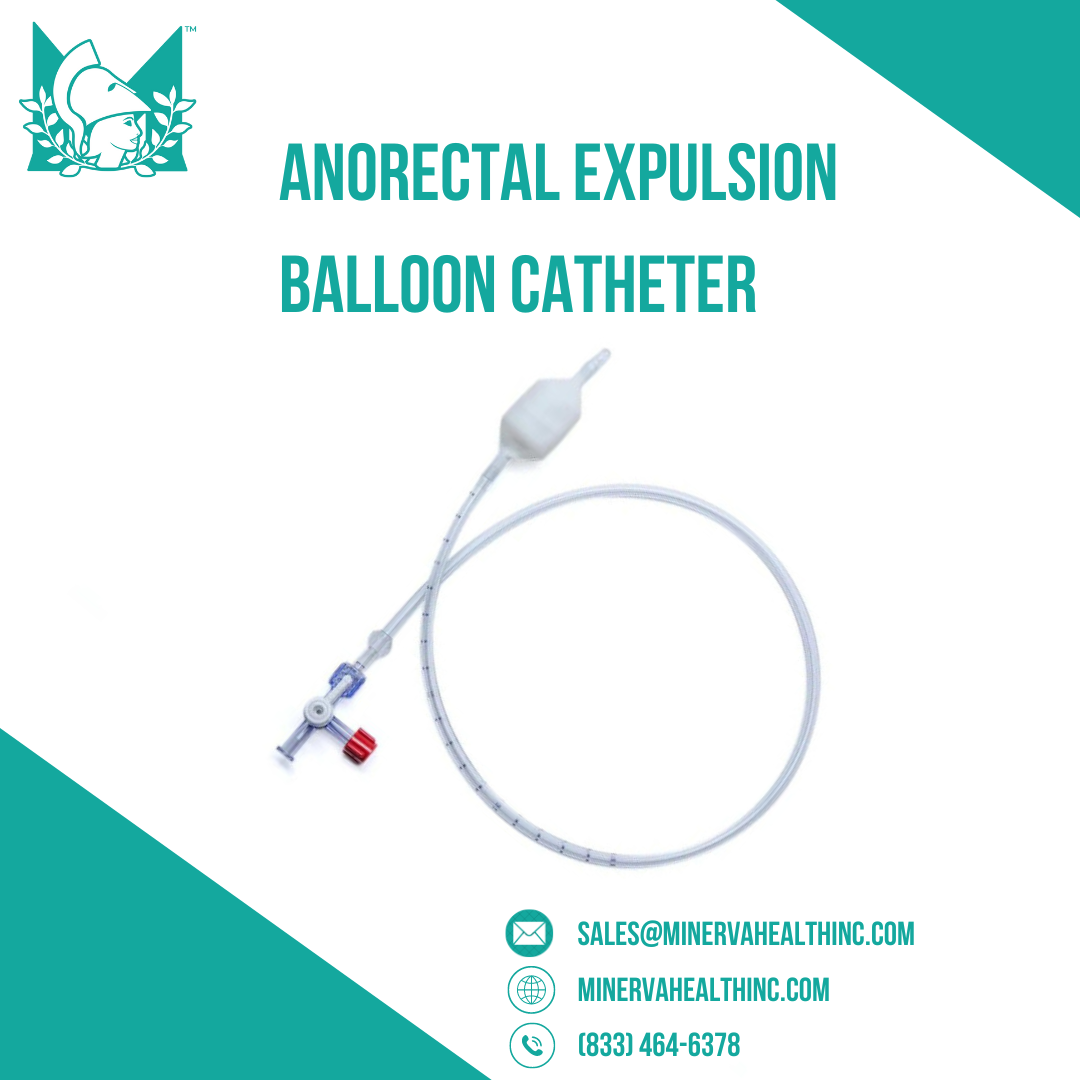Physical therapists may use anorectal balloon catheters as part of biofeedback therapy for patients with pelvic floor dysfunction. Biofeedback therapy aims to improve the coordination, strength, and function of pelvic floor muscles and sphincters through targeted exercises and feedback mechanisms.
Here are some benefits of using anorectal balloon catheters in physical therapy:
Biofeedback Training:
Anorectal balloon catheters provide real-time feedback on pelvic floor muscle activity and rectal pressure. This allows patients to visualize their muscle contractions and learn how to properly engage or relax their pelvic floor muscles.
Objective Measurement:
The catheters enable objective measurement of anorectal pressures and muscle activity during exercises, helping therapists track progress and tailor treatment plans accordingly.
Improved Muscle Function:
By providing resistance during exercises, balloon catheters can help strengthen weak pelvic floor muscles and improve their coordination, leading to better control over bowel movements and continence.
Patient Engagement:
Visual feedback provided by the catheters can enhance patient understanding and motivation, encouraging compliance with therapy exercises and promoting better treatment outcomes.
Tailored Treatment:
Anorectal balloon catheters allow therapists to customize treatment protocols based on individual patient needs, ensuring a personalized approach to pelvic floor rehabilitation.
The best candidates for biofeedback therapy using anorectal balloon catheters are patients with pelvic floor dysfunction who have difficulty controlling bowel movements or emptying their bowels effectively. This may include individuals with fecal incontinence, chronic constipation, pelvic floor dyssynergia, rectal prolapse, or anismus.
About Minerva Health Solutions
Minerva Health Solutions is a medical supply and device distributor. we believe there is a better way to provide excellent patient care. We partner with providers and healthcare system to deliver durable and high-quality products. We strive to maintain customer satisfaction and loyalty through keeping our promises and integrity. Great customer service starts with taking a patient-centric perspective.



